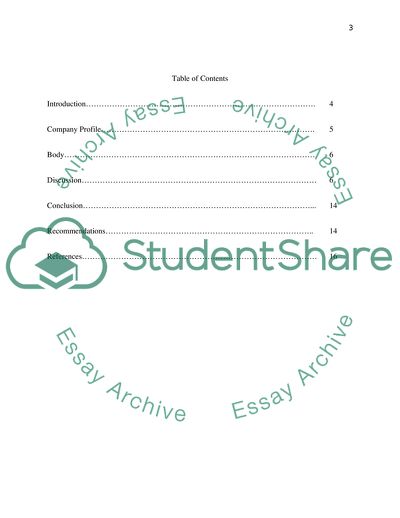Cite this document
(Social Media and Facebook for McDonalds Research Paper Example | Topics and Well Written Essays - 3250 words, n.d.)
Social Media and Facebook for McDonalds Research Paper Example | Topics and Well Written Essays - 3250 words. https://studentshare.org/media/1830602-analyze-the-usage-and-impact-of-social-media-on-mcdonalds-usa-company
Social Media and Facebook for McDonalds Research Paper Example | Topics and Well Written Essays - 3250 words. https://studentshare.org/media/1830602-analyze-the-usage-and-impact-of-social-media-on-mcdonalds-usa-company
(Social Media and Facebook for McDonalds Research Paper Example | Topics and Well Written Essays - 3250 Words)
Social Media and Facebook for McDonalds Research Paper Example | Topics and Well Written Essays - 3250 Words. https://studentshare.org/media/1830602-analyze-the-usage-and-impact-of-social-media-on-mcdonalds-usa-company.
Social Media and Facebook for McDonalds Research Paper Example | Topics and Well Written Essays - 3250 Words. https://studentshare.org/media/1830602-analyze-the-usage-and-impact-of-social-media-on-mcdonalds-usa-company.
“Social Media and Facebook for McDonalds Research Paper Example | Topics and Well Written Essays - 3250 Words”. https://studentshare.org/media/1830602-analyze-the-usage-and-impact-of-social-media-on-mcdonalds-usa-company.


